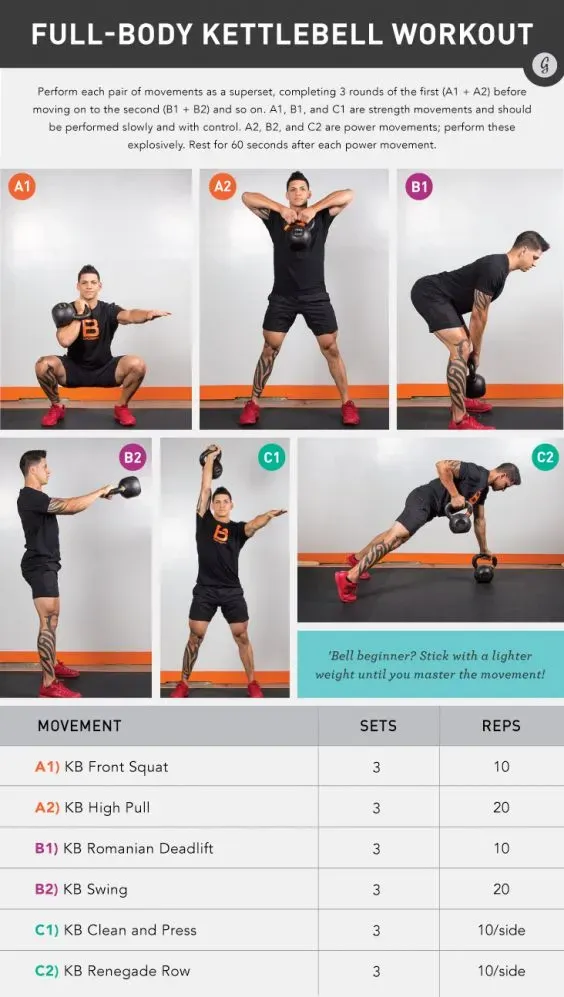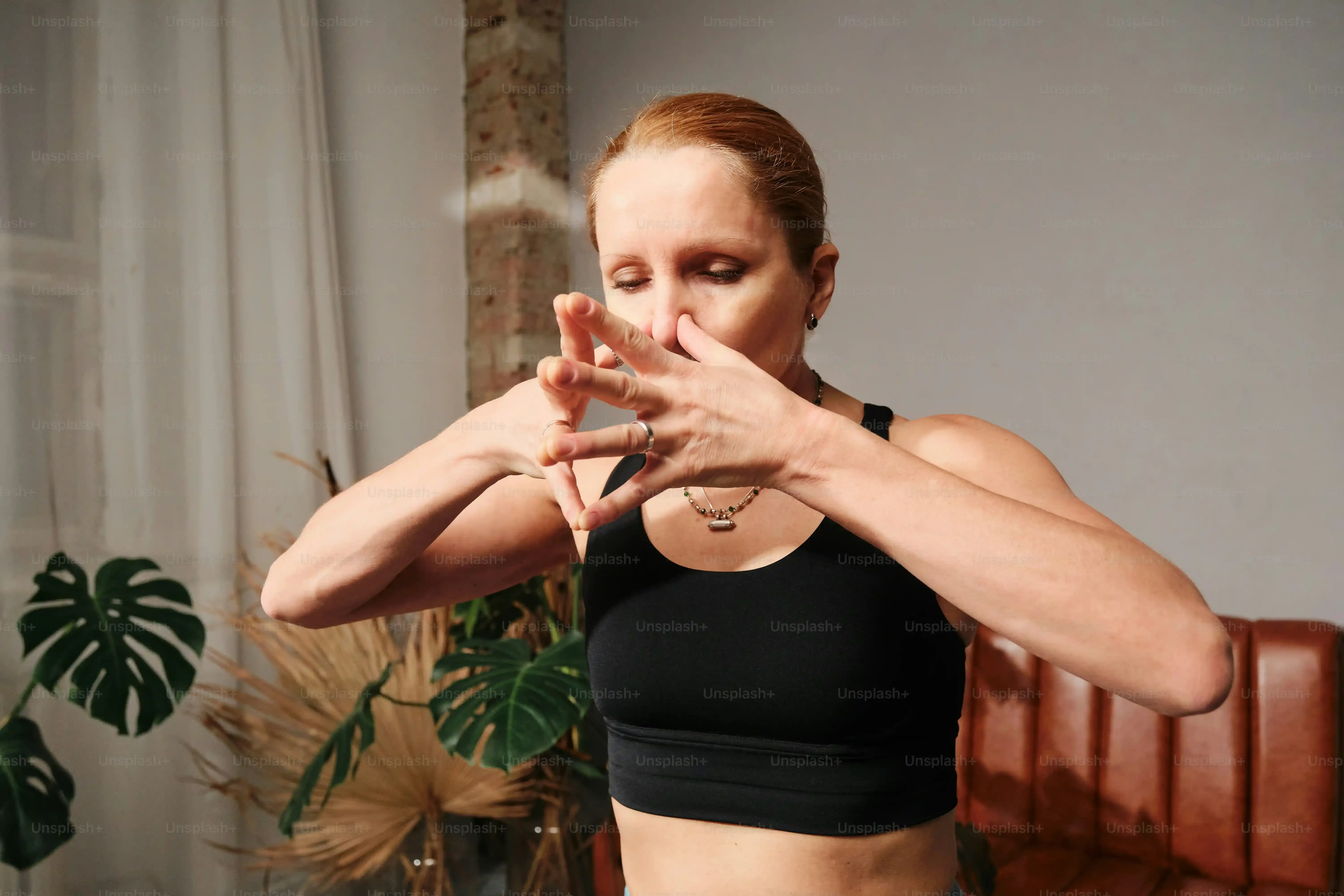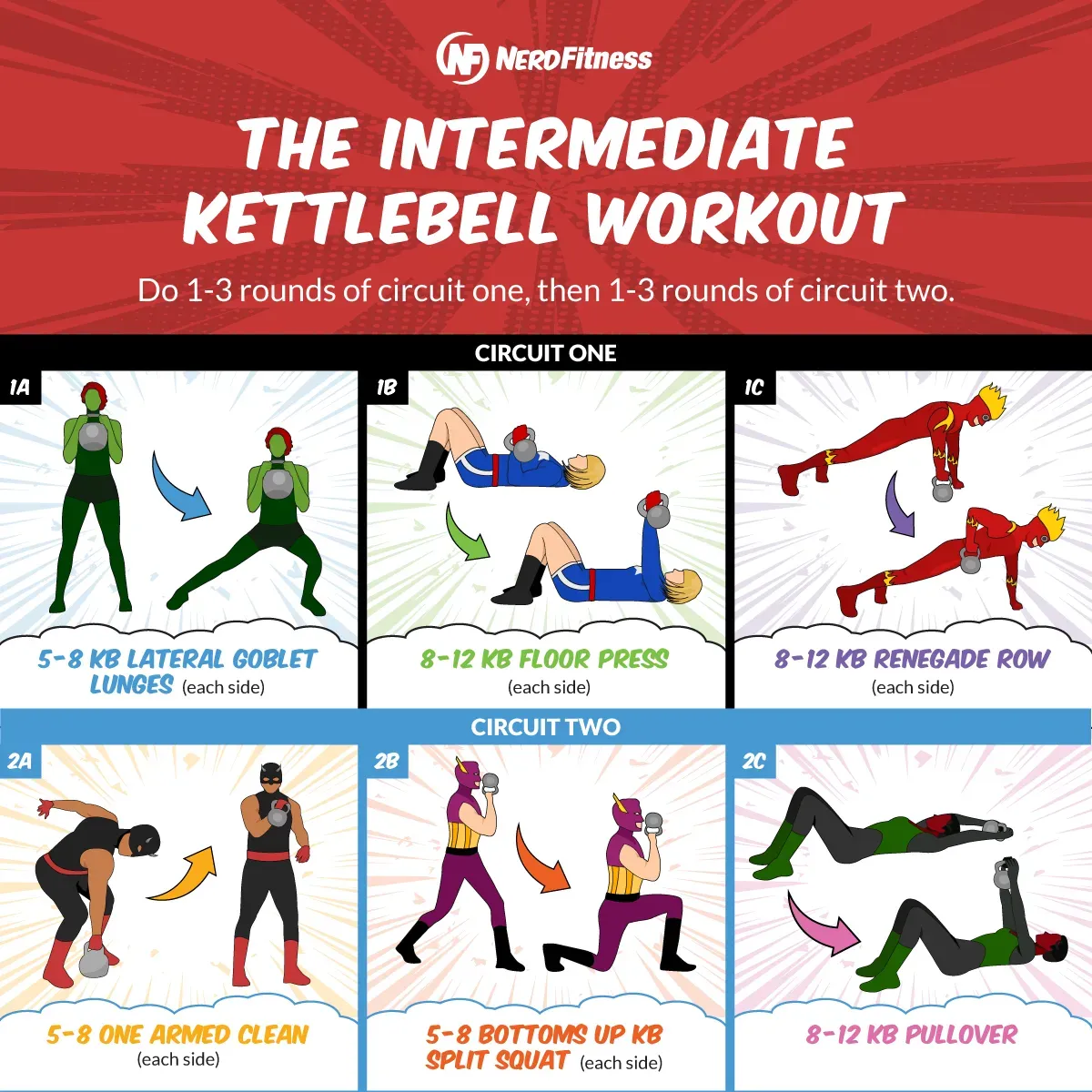Table of Contents
let's talk about that cannonball with a handle sitting in the corner of the gym, or maybe the one you impulsively bought online. Looks simple, right? Then you see someone swinging it around like a pro and think, "Yeah, maybe not for me." But here's the deal: a well-structured kettlebell full body workout for beginners isn't some circus act. It's one of the most efficient ways to build functional strength, torch calories, and improve your overall fitness, even if you've never touched one before. You don't need a massive weight rack or a ton of space. Just one kettlebell and a willingness to learn a few fundamental moves. We're going to cut through the noise and show you exactly how to get started safely and effectively. We'll cover how to pick the right weight, break down the essential exercises, help you put together your first routine, and point out the common tripwires beginners hit. Ready to stop staring at that thing and actually use it?
So You Wanna Swing? Why a Kettlebell Full Body Workout for Beginners is Your Move

So You Wanna Swing? Why a Kettlebell Full Body Workout for Beginners is Your Move
Beyond Biceps Curls: Why the Kettlebell Wins Early On
Look, nobody starts lifting weights dreaming of endless sets of bicep curls or staring blankly at a complex machine. You want to feel strong, move better, and maybe not get winded climbing a flight of stairs. This is where a kettlebell full body workout for beginners shines. It's not just about lifting a weight up and down; it's about controlling a moving object. That off-center mass forces your body to engage stabilizer muscles you didn't even know you had. Think about it: swinging, cleaning, pressing – these aren't static movements. They mimic real-life actions, building functional strength that actually translates to daily life, not just looking good in a mirror.
More Bang for Your Beginner Buck: Time and Space Savers
Time is short. Space is often limited. Hauling yourself to a crowded gym or needing a dedicated room full of equipment is a non-starter for many. This is another win for the beginner kettlebell enthusiast. You can get a seriously effective, full-body workout with just one kettlebell and a few square feet of space. Twenty minutes? Thirty minutes? Plenty of time to hit major muscle groups, elevate your heart rate, and feel like you've actually accomplished something. It cuts out the faff, the machine hopping, and the waiting. It’s raw, efficient, and gets the job done without overcomplicating things when you're just figuring things out.
- Builds practical, usable strength
- Boosts cardiovascular fitness simultaneously
- Requires minimal equipment and space
- Saves time compared to split routines
- Improves core stability and grip strength
Picking Your Cannonball & Nailing the Foundational Moves

Picking Your Cannonball & Nailing the Foundational Moves
Choosing Your First Kettlebell: Don't Go Big or Go Home
Alright, so you're ready to get your hands on one of these things for your kettlebell full body workout for beginners. The first hurdle is picking the right weight. This isn't like choosing dumbbells where you might grab a few different pairs. You'll likely start with just one. Rule number one: err on the side of lighter. Seriously. Trying to learn complex movements like swings or cleans with a weight that's too heavy is a fast track to bad form and potential injury. For most adult men starting out, a 16kg (around 35 lbs) kettlebell is a common starting point for learning swings, but you might need lighter (12kg) for presses or Turkish Get-Ups later. For most adult women, an 8kg (around 18 lbs) is often good for presses and learning movements, maybe jumping to 12kg for swings once the hip hinge is solid. Don't feel pressure to lift heavy right away. Focus on technique. You can always go up later.
Mastering the Fundamentals: It's All About the Hinge
Before you start swinging like a madman, you need to learn the basics. The absolute cornerstone of most kettlebell exercises, especially the swing, is the hip hinge. This isn't a squat; it's about pushing your hips back, keeping your back straight, and feeling the stretch in your hamstrings. Imagine closing a car door with your butt. Get this movement down cold with just your body weight first. Another crucial move is the goblet squat – holding the kettlebell at your chest. This helps teach you to squat properly with an external load and keeps your torso upright. Don't worry about speed or reps initially. Spend time moving slowly, feeling which muscles are working, and maybe even film yourself to check your form. Nailing these few foundational movements makes everything else fall into place for your kettlebell full body workout for beginners.
Here are a few foundational moves to practice:
- Hip Hinge (bodyweight first)
- Goblet Squat
- Kettlebell Deadlift (simple version of the hinge with weight)
- Kettlebell Halo (warm-up for shoulder mobility)
Building Your First Kettlebell Full Body Workout Routine (Beginner Edition)

Building Your First Kettlebell Full Body Workout Routine (Beginner Edition)
Keep It Simple, Seriously
you've got your kettlebell, you've practiced your hip hinge and goblet squat until they feel less awkward. Now it's time to actually put together your first kettlebell full body workout for beginners. The biggest mistake folks make here? Trying to do too much, too soon. You don't need a routine with ten different exercises and fancy sequences. You need a handful of solid, compound movements that hit the major muscle groups and let you focus on technique. Think of it like learning to drive – you don't start on the freeway in rush hour. You start in an empty parking lot, getting the feel for the gas, brake, and steering.
A good beginner routine focuses on movements that are fundamental and relatively easy to learn, while still being effective. Prioritize quality over quantity. Two or three sets of five to eight solid reps with good form are infinitely better than ten sloppy reps where you're just flailing the weight around. Your body is learning a new language here, so speak it clearly.
Your First Routine Building Blocks: Swings, Squats, and Presses
So, what movements should be in your foundational kettlebell full body workout for beginners? Start with the pillars. The kettlebell swing (once you've mastered the hinge) is non-negotiable – it's a powerhouse for the posterior chain and gets your heart rate up fast. Goblet squats work your lower body and core. An overhead press builds upper body strength. You might add a row for your back. That's four exercises. That's enough to start. You can perform these as straight sets (finish all sets of one exercise before moving on) or as a circuit (do one set of each exercise, then repeat the whole sequence). A circuit is often good for beginners as it keeps the intensity up and the workout moving.
Don't worry about perfect numbers right away. Aim for 3-4 rounds of the circuit, or 3-4 sets of 5-8 reps if doing straight sets. Rest enough to recover and maintain good form, but not so long that you cool down completely. This isn't a marathon lifting session; it's about building a base.
Exercise | Sets | Reps (Beginner Aim) | Focus |
|---|---|---|---|
Kettlebell Swing | 3-4 | 8-12 (start lower if needed) | Power, Hinge, Cardio |
Goblet Squat | 3-4 | 8-10 | Lower Body, Core, Form |
Overhead Press | 3-4 | 5-8 | Upper Body Strength |
Bent-Over Row | 3-4 | 8-10 | Upper Back Strength |
How Often and How to Progress
How many times a week should you hit this kettlebell full body workout for beginners? Two to three times is a solid starting point. Your body needs time to recover and adapt, especially when learning new movements. Don't train on consecutive days initially. Monday, Wednesday, Friday is a classic split that works well. Listen to your body; if you're still significantly sore, take an extra rest day. Consistency beats intensity when you're starting out.
Progression isn't just about grabbing a heavier bell (though that's one way). Once you can comfortably do 3 sets of 10 reps for an exercise with good form, you can add a set, increase reps slightly, decrease rest time, or yes, eventually move to the next weight up. Don't rush the process. Solid technique at a lighter weight is far more valuable than sloppy reps with a bell you can barely control.
Avoiding Beginner Blunders and Keeping the Momentum

Avoiding Beginner Blunders and Keeping the Momentum
Don't Let Ego Pick Your Kettlebell (Or Ruin Your Form)
Alright, you've got the basic routine down for your kettlebell full body workout for beginners. Now, let's talk about the pitfalls. The absolute most common mistake? Letting your ego choose the weight. You see someone else swinging a monster bell and think you need to do the same. Spoiler alert: you probably don't. Trying to muscle a weight you can't control is a recipe for disaster – think strained backs, banged-up knees, and a quick trip to the "I hate kettlebells" club. Focus relentlessly on form over weight. A beautiful, crisp hip hinge with a lighter bell is exponentially more effective and safer than a rounded-back, arm-dominant swing with something too heavy. Film yourself occasionally. Seriously. What you feel isn't always what's happening. Get feedback if you can, or compare your movement to reputable tutorials. Good form is the non-negotiable foundation.
Consistency Trumps Everything (Even Perfect Workouts)
Another classic beginner stumble? Going all-out for a week, getting ridiculously sore, and then quitting for a month. Building fitness, especially with something new like a kettlebell full body workout for beginners, is about showing up consistently. Two or three solid workouts a week, week after week, will yield far better results than sporadic, brutal sessions. Life happens, sure, but aim for that regular rhythm. Don't expect miracles overnight. Progress is often slow, sometimes frustratingly so. There will be days you don't feel like it. Do it anyway, even if it's just a shorter session or lighter weight. The habit of training is as important as the training itself. Celebrate small wins – an extra rep, slightly better form, feeling less awkward with a movement. Those little victories build momentum that keeps you showing up when the initial novelty wears off.
- Common Beginner Blunders:
- Using a weight that's too heavy
- Neglecting the hip hinge (swinging with the arms)
- Rounding the back during deadlifts or swings
- Trying too many exercises at once
- Training too frequently without rest
- Giving up when progress feels slow
So, Are You Going to Swing or Just Stare?
Alright, you've got the map. You know the basic moves, how to pick a bell that won't feel like a toddler's toy or a small anchor, and how to piece together a simple routine. The excuses about not knowing where to start are officially gone. Kettlebell training isn't magic, but it's effective when you put in the work. Consistency beats intensity every single time, especially when you're just starting out. Don't expect to look like a superhero overnight, but stick with it, focus on moving well, and you'll be surprised at what that single piece of iron can do. Now go pick it up.